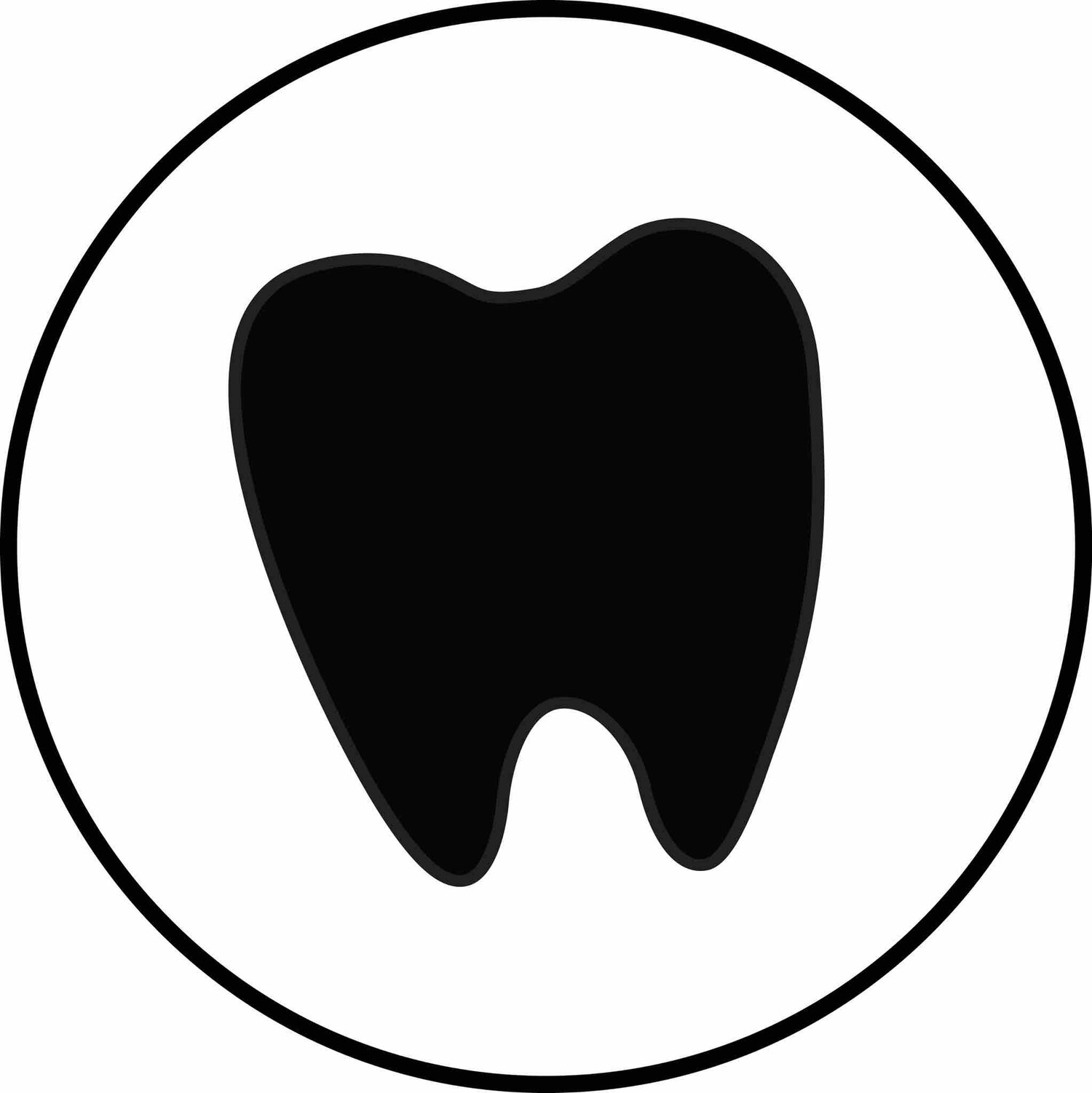How Full Can I Fill a Dental Autoclave?
Filling an autoclave in a dental office is a straightforward but important task that ensures proper sterilization of instruments. When you’re putting instruments into your autoclave, each brand and size are so different, but following some guidelines listed will help ensure that all of your instruments are properly sterilized and keep the health high for both your instruments, yourself, and for your patients.
Make sure you single layer instruments. It’s tempting to pile everything in to get everything through and ready for your next patient. However, instruments should be single layer placed with no overlapping to ensure the heat and steam reaches all areas of your instruments.
Make sure you have enough water. Before starting a cycle, make sure your water reservoir has enough distilled water to go through the entire process. Nothing is worse than having a cycle run half way through then error out due to water.
Check that bags aren’t touching the side of the autoclave. It’s easy for the corners of the bags to be touching the sides of the autoclave, especially if you have one that is round or have a unit where the bags/instruments stand up on their sides. When the paper or bags are touching the ends and sides of the machine, it can prevent proper movement of the steam and heat and decrease the chances of proper sterilization.
Make sure your bags are not too full. It’s so easy to stuff several instruments in a small bag just because they’ll fit. However, if they’re jam packed into an autoclave bag, there isn’t room for air and steam to circulate around each instrument. Instead, use a larger bag so each instrument can be next to each other for proper sterilization.
Don’t forget your test strips. Place test strips into each cassette or bag. There are color indicators on the outside of each bag or on your tape, but what about what’s happening inside? Having a test strip inside the cassette will help ensure the proper sterilization is happening with each kit.
We sometimes don’t put too much thought into sterilization. However, this can be the most important process we do in our clinical day to keep both us as clinicians and our patients safe from exposures. These patients are trusting us with their health and safety- it’s our job to know the best methods to keep them safe.
xoxo, Melia Lewis, MED, RDH


